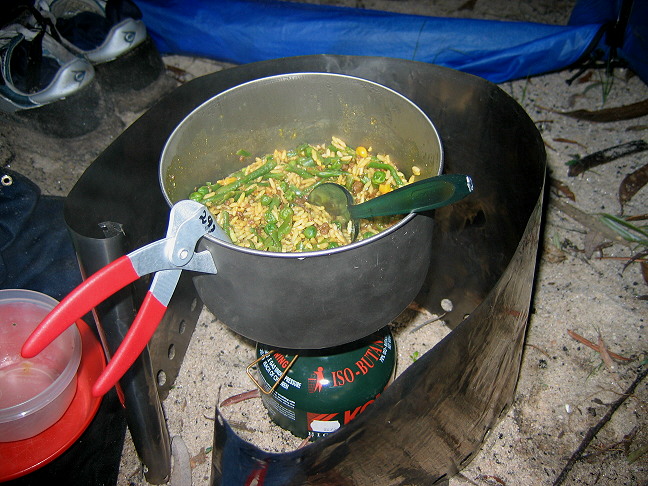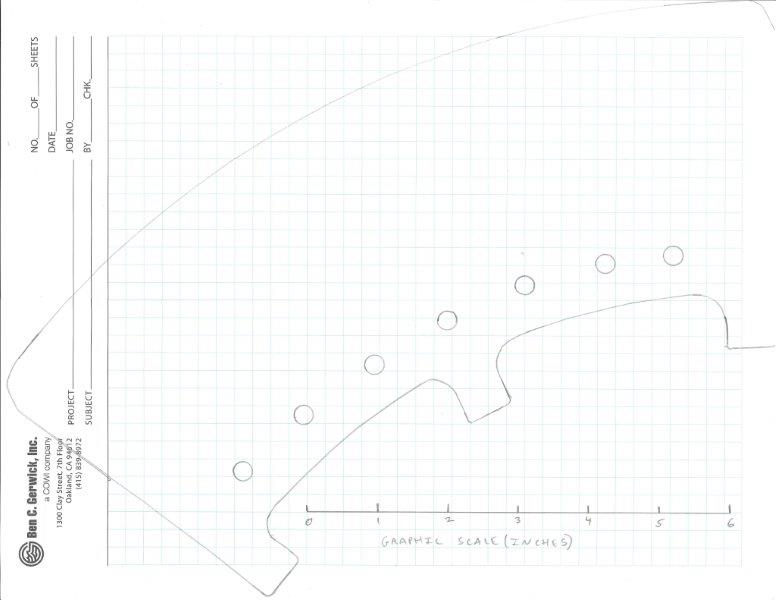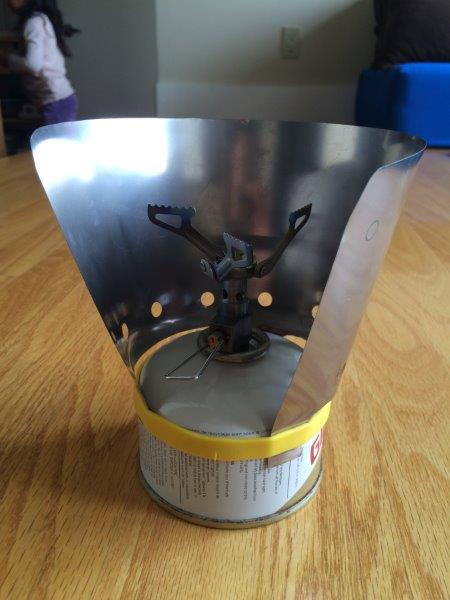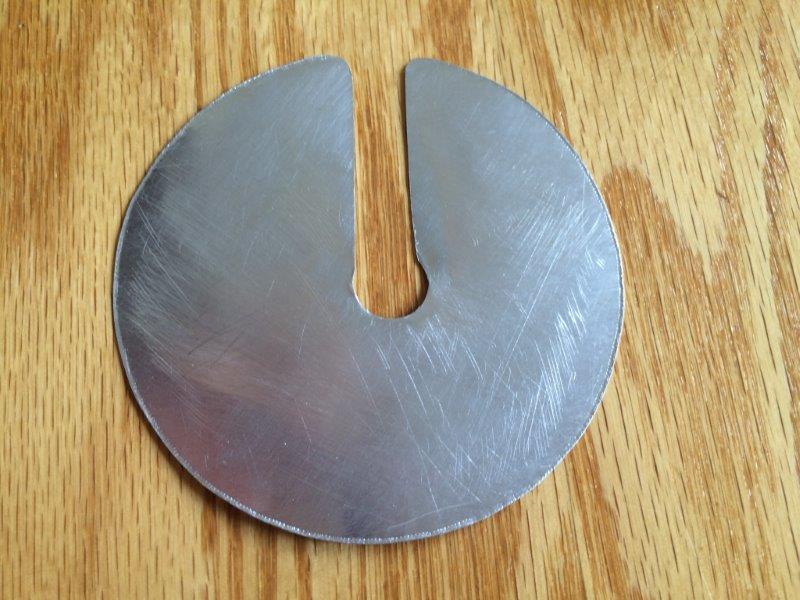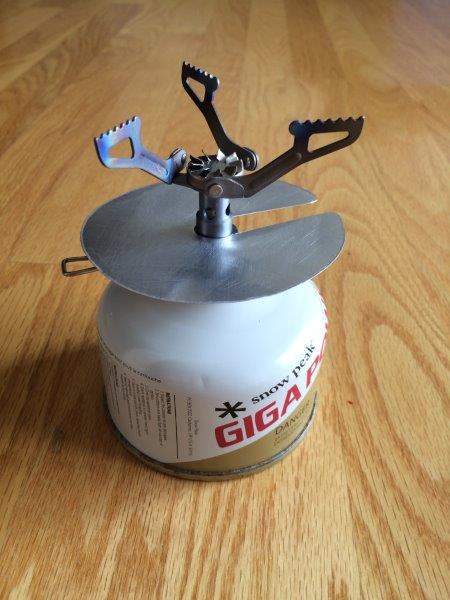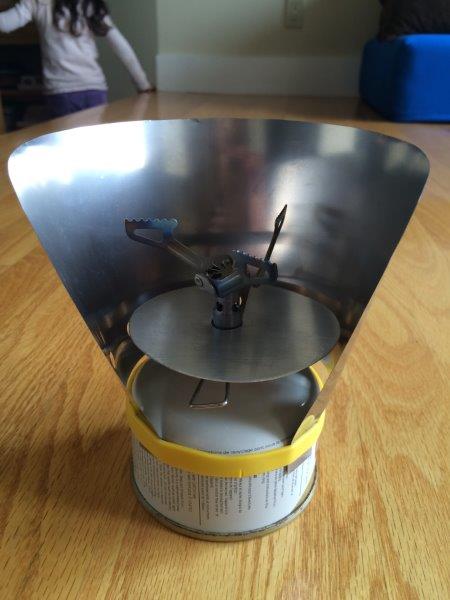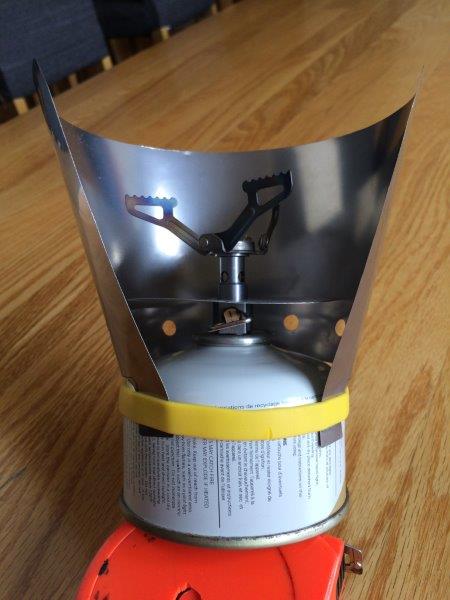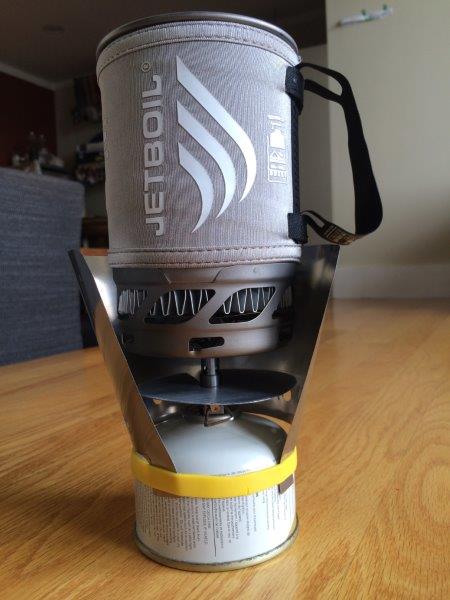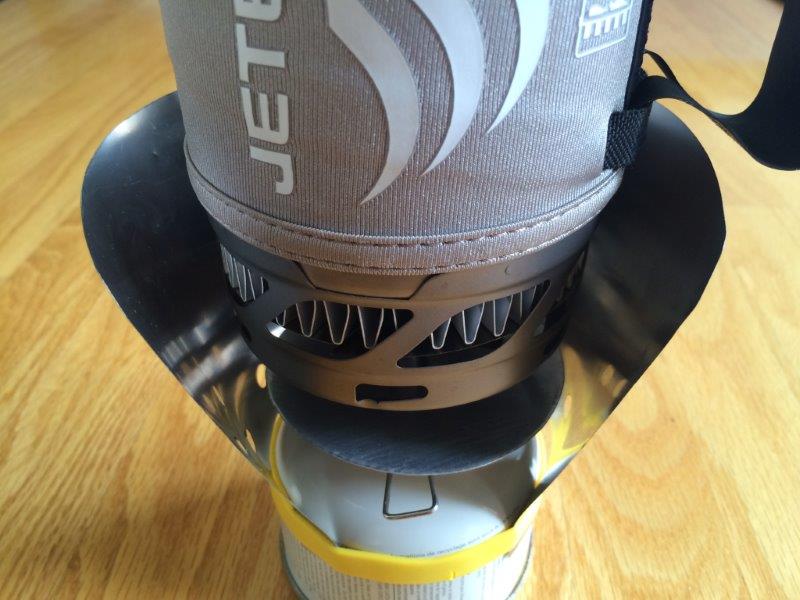Topic
Roger Caffin (or anyone else), is this windscreen safe?
Forum Posting
A Membership is required to post in the forums. Login or become a member to post in the member forums!
Home › Forums › Gear Forums › Make Your Own Gear › Roger Caffin (or anyone else), is this windscreen safe?
- This topic has 41 replies, 11 voices, and was last updated 8 years, 4 months ago by
 HiLight.
HiLight.
-
AuthorPosts
-
Aug 6, 2016 at 4:20 pm #3418672
you don’t really need temperature sensor
just touch with your finger
if it’s warm, that’s above body temp ~ 100 F
and don’t do it on top. do it on the side, towards the bottom, where there’s fuel inside
Aug 6, 2016 at 4:32 pm #3418673C’mon, Jerry, you’re an engineer–don’t you want to know the precise temperature? When Caffin, Moulder, and I do our testing, we like to be certain of what’s going on. You know, take notes, time things, do charts… Who knows, there might result in findings worthy of a Scientific American article!
Aug 6, 2016 at 4:37 pm #3418674Hi Gary
Well, I have to say I have used your setup many, many times myself. Yes, the canister warms up a little, but 87 F is only ~30 C, and that is fine by me. I normally use two micro-stakes rather than rocks.

I would normally have a slightly larger pot there, as I am cooking for two, but the gap around the pot is only a little smaller than what I use. Snow Peak GST-100 & Ti foil screen.
Cheers
Aug 6, 2016 at 4:39 pm #3418675Who knows, there might result in findings worthy of a Scientific American article!
Or even greater fame than that: a Backpacking Light article!
Cheers
Aug 6, 2016 at 4:51 pm #3418676I’ve also used a close variation of Roger and Gary’s wind screen with a pocket rocket without any problems, as I mentioned earlier. Again though I had short boiling times. My canister never gets hot to the touch.
Aug 6, 2016 at 8:03 pm #3418704Yes, I want to know the precise temperature : )
Another thing is to record the temperature continuously, so I know exactly what the temperature is at each moment
Aug 8, 2016 at 10:43 am #3418971To summarize, using the Ti wind screen only, the top of the canister gets hot (but not too hot to touch) while the bottom of the side of the canister is cold. Per Roger and David (see comments above including links to other threads) this condition is safe!
However, this weekend I decided to see what would happen if the Ti wind screen is used in conjunction with a heat reflector made from aluminum flashing. Result: the top of the canister basically stays at ambient temperature while the side of the canister is still cold. Therefore, going forward, I will always pack the Ti windscreen and Al reflector (it’s only 4 grams) but only use the reflector in hot, windless conditions. Pictures and details so you can make your own windscreen and reflector are below.

The actual Ti foil windscreen traced on a piece of 8.5″ x 11″ paper. The foil is from Titanium Goat.
Hopefully you can download this photo and print it to scale and use it as a template. If not PM me and I’ll email you a scanned pdf.
The Ti windscreen is 16 grams and the silicone band is 5 grams. As shown earlier in this thread, the windscreen wraps neatly around the HX pot.
Heat reflector made from aluminum flashing is 3 1/2″ in diameter (the same diameter as the fuel canister) with a 1/2″ hole and 3/8″ slot. It weighs 4 grams.
The slot is narrower than the hole so you can slide the reflector around the narrow portion of the stove and then drop it down onto the rectangular portion of the stove. In this configuration it can not fall off.
Windscreen and heat reflector together.
Another view which shows the rectangular shelf that the heat reflector sits on.
Adding the HX pot.
This view shows the gaps between the windscreen / heat reflector and windscreen and bottom of HX pot.Aug 8, 2016 at 11:02 am #3418976I bet that will work pretty good in the wind, very lightweight
I think that would work really good at cold temperatures if you removed the disk.
Aug 8, 2016 at 2:17 pm #3419018I agree with Jerry – use the disk in warm weather, don’t use it in cool weather to get a (slight) beneficial warming of the canister.
In cold weather, have a “Moulder strip” (c) (TM) (R) with you.
Aug 8, 2016 at 4:02 pm #3419033Looks pretty safe to me. Yes, I do have (a stack of) very similar heat reflectors and have used them in the same way. However, I tend to use my remote canister Vortex Winter Stove these days as it is just as light. Maybe I am biased? :-)
There’s no one solution, but this approach does look good to me.Um – looking more closely, I see the windshield is not touching the bottom of the pot. In which case, with the heat reflector in place, why not use this with an ordinary pot? My own experience says it works fine. And maybe that size heat reflector could drop into the bottom of the pot for packing?
Cheers
Oct 9, 2016 at 6:11 pm #3430285Do you have the weight of this setup vs the default jetboil setup vs the jetboil setup with the plastic removed?
Oct 9, 2016 at 6:43 pm #3430288Any field reports or other testing to determine the effectiveness of this wind screen?
Oct 12, 2016 at 5:52 pm #3430841I already have the Ruta Locura BRS-3000T/Jetboil kit, which comes with a Ti heat shield disc similar to the one Casey made. I plan to make the windscreen soon, but I’m not sure when I’ll have meaningful weather conditions for a proper test.
I was also thinking that if someone was concerned about heat being conducted to the canister via the windscreen, it looks like it’d be simple to isolate the screen by adding a second silicone band between the canister & screen.
Oct 12, 2016 at 7:40 pm #3430871I was also thinking that if someone was concerned about heat being conducted to the canister via the windscreen, it looks like it’d be simple to isolate the screen by adding a second silicone band
I cannot imagine any conditions where that would ever be a concern, at least for normal use. Frankly, I don’t bother using such a radiation screen even in mid-summer.Cheers
Oct 12, 2016 at 8:04 pm #3430878The only place I’ve been where adding even a small amount of heat to the canister might be a concern is Death Valley, or elsewhere in the Southwest U.S. in summer. Even there, I don’t worry about it. OTOH, a belt & suspenders person might, and a few grams of silicone could ease their troubled minds a bit.
Oct 12, 2016 at 8:31 pm #3430882All that’s needed to test it is a common electric house fan, if Nature cannot provide, lol.
I have some Ti foil but am not ready to commit… probably use a Al baking pan to test/tweak. I am still wondering about negative pressure eddies.
We need a little follow-up here.
Oct 12, 2016 at 8:51 pm #3430885I was thinking more about the possible heat issues, but you’re right, a little fan action would help validate the design. I have some aluminum flashing on hand, a Vornado fan, and a new video camera on the way. Some 120fps clips of the flame might prove interesting. I’ll see what I can do.
-
AuthorPosts
- You must be logged in to reply to this topic.
Forum Posting
A Membership is required to post in the forums. Login or become a member to post in the member forums!
HAPPENING RIGHT NOW (February 11-21, 2025) - Shop Hyperlite Mountain Gear's Biggest Sale of the Year:
Our Community Posts are Moderated
Backpacking Light community posts are moderated and here to foster helpful and positive discussions about lightweight backpacking. Please be mindful of our values and boundaries and review our Community Guidelines prior to posting.
Get the Newsletter
Gear Research & Discovery Tools
- Browse our curated Gear Shop
- See the latest Gear Deals and Sales
- Our Recommendations
- Search for Gear on Sale with the Gear Finder
- Used Gear Swap
- Member Gear Reviews and BPL Gear Review Articles
- Browse by Gear Type or Brand.

